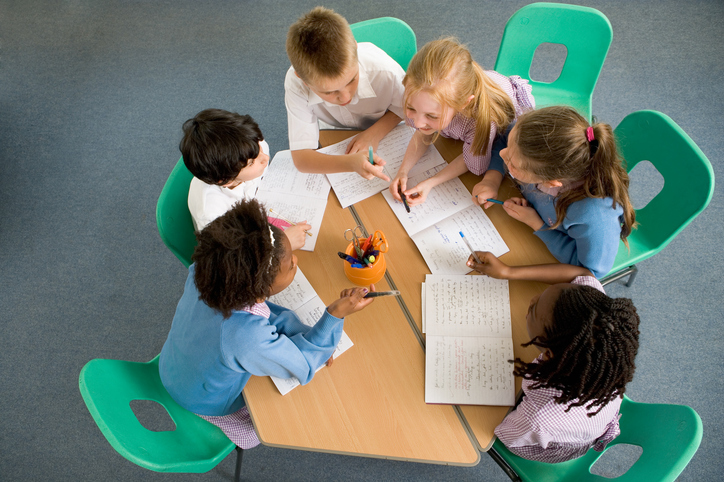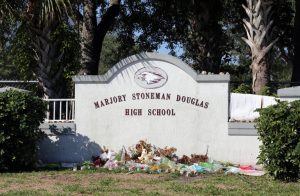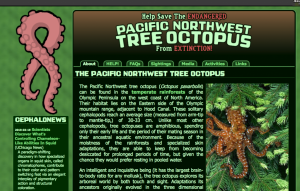Importance of Teaching Digital Citizenship to Elementary Students
We are all part of a digital world, but sometimes internet interactions bring out the uglier side of humanity.
Today, there is a profound need for digital citizenship education.
As part of the social studies curriculum, educators already teach children citizenship in our nation. In prior generations, this teaching included how to function in the public sphere and the local community, and how to fulfill civic duties.
But because the internet now connects our entire globe, we all are also citizens of the world. Thus, instruction today must include digital citizenship.
As Richard Culatta, CEO of the International Society for Technology in Education, explained in a speech last year, digital citizenship is not the same as teaching children online safety.
“Digital citizenship is not a list of don’ts, but a list of dos,” he said at the 2018 ISTE Conference & Expo in Chicago.
Culatta outlined four of those dos, and encouraged educators to incorporate them into their instruction.
1. Digital Citizenship is using technology to make your community better.
We all, hopefully, have seen examples of this. From the teenager in a Utah school who created a social media account to highlight and compliment random students from his school, to the many amazing apps now available to help people with disabilities — many, many people use technology to improve society.
High school teacher Douglas Kiang shared another example of this in an ISTE article. He noticed his students weren’t really connecting as a class, so he created a classroom Minecraft server. He assigned them to play the game together.
Before even tackling this assignment, the class created initial rules to govern their communal gameplay. From this, they learned valuable lessons about translating the citizenship rules that govern face-to-face interactions into a digital community. As the gameplay progressed, students gained in-depth knowledge about how laws and societies work.
“I just realized something. In the beginning, we had a hard time coming up with rules because no one knew what was going to happen. Now I think that laws only exist because someone at some point in the past did something before it was a law,” one student told Kiang after a classroom discussion.
The play encouraged problem-solving, and in-person debate and discussion. Overall, Kiang felt it was a powerful community-building experience.
“The power of Minecraft as a catalyst for learning is in its ability to involve students in creating a shared world together, in all of its intricacies and challenges and difficult conversations. Good teachers are at the heart of this process, not just for providing a powerful learning environment to students, but also for helping them create meaning from the challenges they face and the choices they make. This teaching can take place when the laptops are closed, face to face. As students become better citizens in the virtual world, so will they develop powerful skills for negotiation and compromise that serve them well in the real world,” he concluded.
2. Digital Citizenship is respectfully engaging with people who have different beliefs from ours.
From some reason — possibly because we can hide behind a username — we may find ourselves saying something nastier or meaner online than we would in a face-to-face discussion. This seems especially true in online political discussions and debates.
But through digital citizenship instruction, students learn that those “anonymous” posts have real-world consequences. And arguing with someone online rarely, if ever, changes their mind — all it does is isolate and divide the participants, stymying real solutions.

Common Sense Media has some great suggestions for teaching respectful digital citizenship at each grade level.
3. Digital Citizenship can shape public policy.

Parkland, Florida, USA – April 25, 2018: The Marjory Stoneman Douglas High School in Parkland, Florida. The school was the site of a school shooting in 2018 which set off mass protests against gun violence.
Culatta shared the power of social media in connecting with government representatives.
“If we only teach students that the way they interact with their elected officials is by writing a letter to the senator, then we should not be surprised when they don’t think to turn to social media as a tool to make sure their voice is heard,” he said. “If we only teach students how to organize people around a good cause in a physical space, we should not be surprised when their devices are used only for entertainment.”
As an example of this, he pointed to No One Eats Alone, a digital inclusion project targeted to bringing middle school students together at lunchtime.
“And of course, we’ve all seen recently the power of the students from Parkland, Florida, who used their voice to change the conversation. And change a national dialogue, because they knew how to be good digital citizens,” Culatta added.
4. Digital Citizenship is discerning the validity of online resources.

Home page of the Pacific Northwest Tree Octopus spoof site.
In a world where anyone can put up a website, Culatta said students need skills to distinguish fact and fiction. For example, a professor created a legitimate-looking website with “factual” information about the endangered Pacific Northwest Tree Octopus. He did this to see how many students in case study believed the “facts.” Culatta said only one student questioned the validity of the source.
“Our ability to recognize truth from fiction is essential to our survival as a society,” Culatta said. “We have to evolve and develop new skills for distinguishing truth from fiction. These new skills don’t just happen, they have to be taught.”
Again, Common Sense Media has some great grade-level-appropriate lesson plans for teaching digital literacy.
As our world becomes ever more digitally connected, the need for good digital citizens rises. Parents and educators can lead the way in teaching these skills.
Digital citizenship both protects and empowers us and our children.
For guidelines for teachers, visit Maryville University’s Digital Citizenship and Netiquette: A Teacher’s Guide.